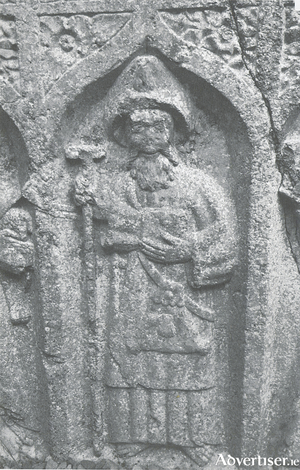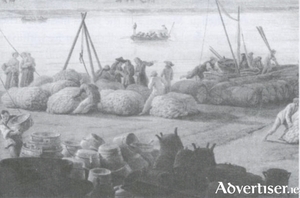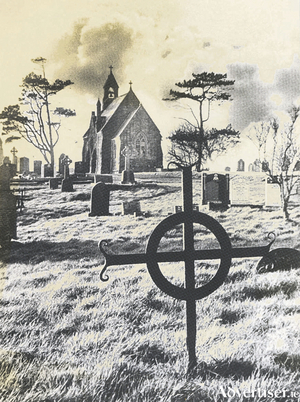Search Results for 'Fort Hill'
4 results found.
The call of St James was heard once more...
Seventy years after Margaret Athy’s generous patronage of the Augustine abbey and buildings on Fort Hill (originally St Augustine’s Hill), with its commanding view of the port and the town, the place was turned into a butcher’s block. Approximately 300 survivors of the ill-fated Armada were beheaded there.
A ‘cheerful, and amiable saint’.

In the early years of the 16th century, Stephen Lynch fitz Dominick was returning from an extended trading voyage in Spain. He set out with a full cargo, probably of hides, wool, and fish, which he hoped to trade for wine and iron with Spanish merchants. As he approached Galway port he was surprised to see a church and buildings almost completed on Fort Hill (originally called St Augustine’s Hill), a prominent site visible from both the town and the sea. They were not there when he left.
‘What part of Galway is Ireland situated?’

By the 16th century Galway was a compact, well laid out town with handsome buildings. The wealth of the Tribal families, built up over decades of canny and adventurous trade, was reflected in their luxurious homes; fragments of which, in delicate carved limestone, remain around the old town.
The ‘New’ Cemetery

In the second half of the 19th century, the overcrowded condition of the graveyards of Galway was an issue which faced the Town Commissioners. At a meeting in mid-April 1873, one person mentioned that in the previous 30 years, almost two and a half thousand burials had taken place in the little cemetery in The Claddagh, largely as a result of the Famine and its aftermath.

